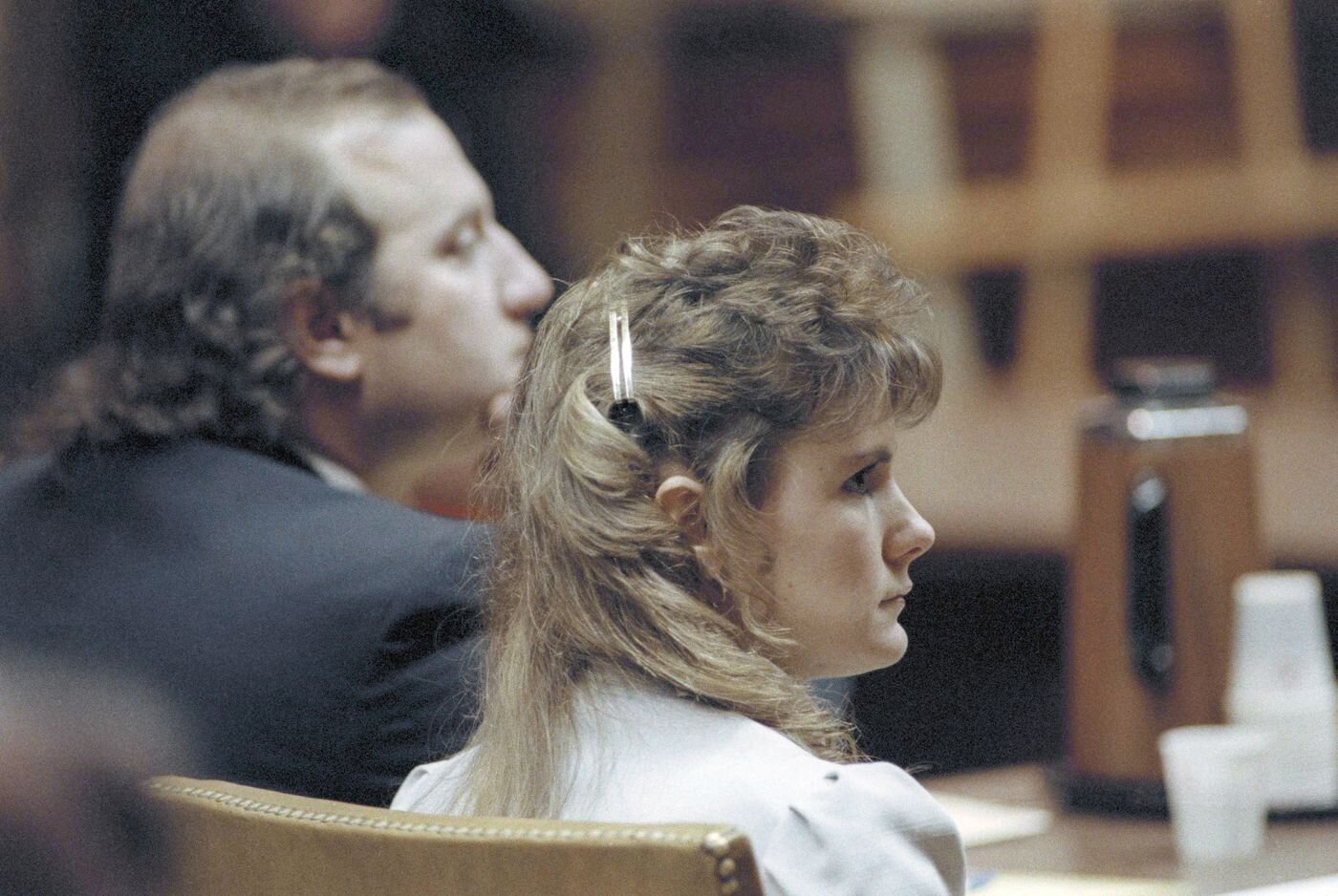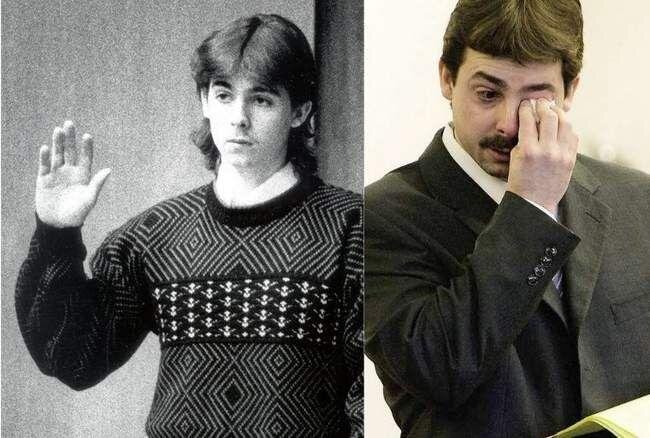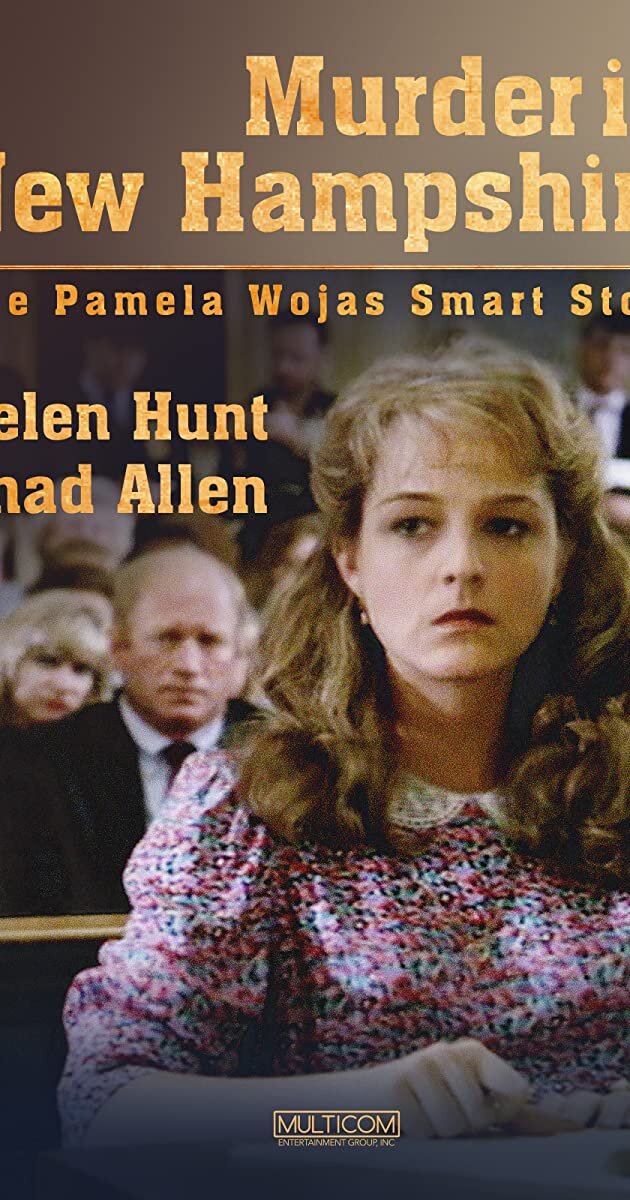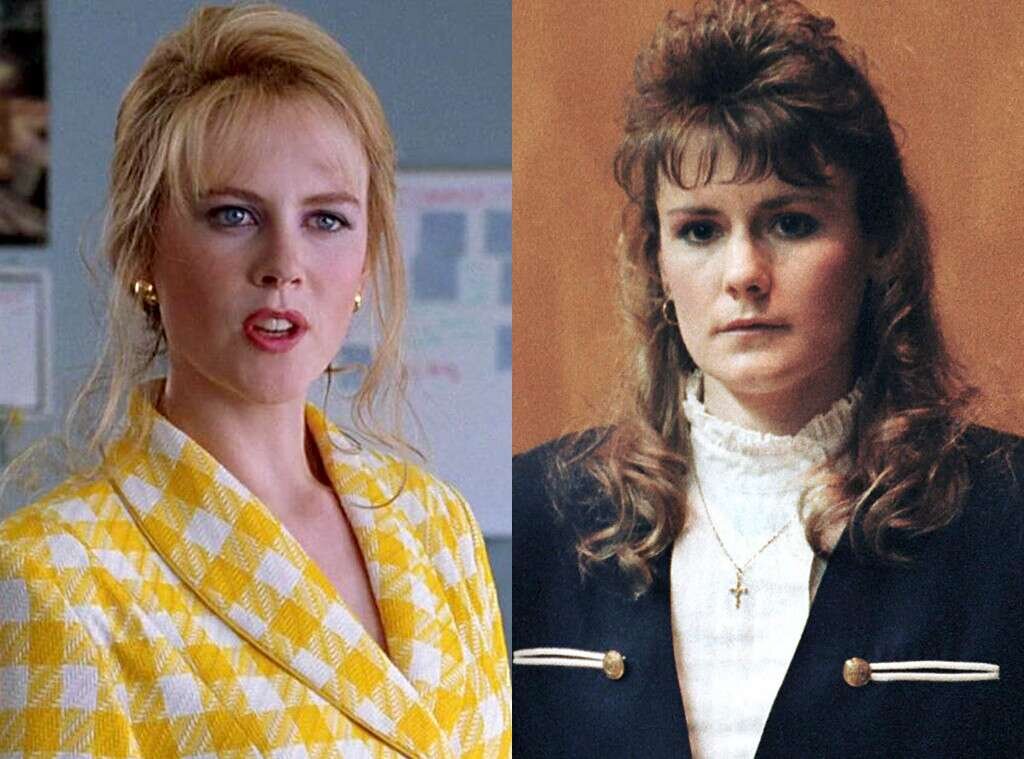Captivated: The Trials of Pamela Smart
As I’ve said before, I’m determined to have one “fun" class each semester - a cherry on top of hard doctrine and extensive case law. For Fall 2020, that class is Seeing Criminal (In)justice: Examining the Interplay of Visual Media, Storytelling, and Criminal Law.
This is my only two-credit course, so it’s considered more of a “seminar” than an actual class. We only meet once a week for two hours, and we always screen a different film or documentary to prepare for class discussion.
First of all, HOW AWESOME IS THAT???? I basically HAVE to sit down, chill, and watch a movie for two-ish hours each week. And then, I get to have an equally chill discussion with twenty of my classmates; no cold-calling, no “correct” answers, just examining what our eyes saw and how that influences how our brains perceive the criminal legal system.
Step 1 of any great class is having an incredible professor, and I certainly have that in Seeing Criminal Injustice. Prof Cohen is an HLS grad, but never practiced law; she’s a filmmaker by trade. We actually got to screen one of her documentaries, War Don Don, and it was the COOLEST to hear her explain the experiences behind shooting and editing that film. But I also love Prof Cohen because she’s extremely inclusive, very aware of the hard topics at play, and purposefully makes the class informal to facilitate meaningful discussion.
Step 2 of a good course is a productive class environment, and I think Seeing Criminal Injustice nails that too. We start off with full class discussion before moving into breakout rooms, and everyone is willing to participate (sometimes more than others, but I’ve never endured a Silent Breakout Room in SCI like in other courses). When we come back together as a class, one person from each breakout room shares a main take-away with the larger group, which helps guide our professor through a meaningful discussion. The class is my last of four on Tuesdays, but I always look forward to it.
Step 3 of a good course is avoiding a killer final, which brings me to Pamela Smart! In lieu of an exam, I get to write a paper about the film “Captivated: The Trials of Pamela Smart.”
Um…watch an intriguing story about a possible miscarriage of justice & then explain how the film portrays that injustice in 10 to 12 pages? SIGN ME UP!
A LITTLE BACKGROUND
In 1990, 22-year-old Pamela Smart was accused of conspiring to kill her husband, Greggory Smart. She found Gregg on the floor of their New Hampshire apartment after returning from work on May 1, 1990; he had a gunshot wound in his head, and the house was ransacked. Though Pam was not initially implicated, four teenage boys quickly confessed to the murder - and they claimed that Pam put them up to it. One of the teens, a 16-year-old named Billy Flynn, admitted to having an affair with Pam. According to Billy, Pam urged him to kill Gregg so that they could be together.
Needless to say, INSTANT scandal. First, Pam worked in the media office at Billy’s high school. Though they met through a drug awareness project, tabloids quickly labeled Pam as “The Hot Teacher Who Seduced Her Student.” This was backed by “sexy” photos of Pam posing in a bikini, which she allegedly shot for Billy in the beginning of their relationship (really, she took the photos with a friend to enter a modeling contest). Furthermore, the public quickly noticed Pam’s extreme composure and groomed appearance during television interviews. The obsession with Pam’s “killer” looks lasted through Pam’s trial; people were obsessed with her hair bows, and one newspaper ran a column totally devoted to her court outfits.
THE TRIAL
Pam Smart’s trial was the first one televised “gavel to gavel” (as they say 70000 times in the documentary), so pretty much the original courtroom drama. This is pre-OJ, pre-Casey Anthony, pre-Jodi Arias, pre-American Murder…Pam was the first. And it was a circus from the outset.
First, the judge had to call a ton of witnesses to find some that a) hadn’t heard about Pam Smart or b) swore the media coverage wouldn’t affect them. One juror recalls that, while away in college, his mom called him up and excitedly told him he was selected for the Pam Smart jury - he had no idea who that was, and his mom told him not to read the news/watch television until voir dire.
Next, the prosecution worked to portray Pam as a cold-blooded “Black Widow,” who manipulated her teen lover into murdering her husband. Billy Flynn was her victim, and he put on an appropriately emotional show as he testified to pulling the trigger that killed Gregg Smart. He and the other teens pled guilty to second-degree murder in exchange for testimony about Pam’s role in the scheme. They’re out of prison now (Billy was the last, paroled in 2015 - pictured below). The prosecution also called Cecelia Pierce, a friend of Pam’s who agreed to wear a police wire during several pre-trial conversations with Pam. The recordings suggest that she WAS in on the murder plot, and she seemingly urged Cecelia and the boys to not go to the police. Many considered the recordings to be the “smoking gun” of Pam’s case, damning evidence which contributed heavily to her conviction; Pam maintains that she didn’t know about the plot, but was afraid of the police finding out she had an affair with Billy.
In contrast to the teenage witnesses, Pam was stoic throughout the trial (“cold,” one observer said). Even on the stand, she maintained her infamous composure and protested her innocence. After a 14-day trial, Pam was convicted of witness tampering, conspiracy to commit murder, and being an accomplice to first-degree murder. Per New Hampshire law, the accomplice conviction automatically gave Pam Smart a life sentence in prison without parole. Her picture above was taken recently, at the Bedford Hills Correctional Facility for Women.
THE AFTERMATH
Since the trial was broadcast from start to finish, the verdict IMMEDIATELY resulted in an entertainment frenzy. Cecelia Pierce quickly signed a movie deal, and two films based on the trial came out in the years following. Murder in New Hampshire, starring Helen Hunt as Pam, came out that same year as a made-for-tv-drama; in 1995, the movie To Die For was released, based on a novel by the same name. Nicole Kidman played Suzanne Maretto, a married woman obsessed with becoming famous on tv; when her husband suggests she give up her television role to start a family, Suzanne seduced and manipulated a local teen (Joaquin Phoenix) and his delinquent friend (Casey Affleck) into killing him.
Sounds familiar, right? To Die For was a huge hit, and one that reportedly haunts Pam. Apparently people tell her all the time that they “saw her movie,” or “watched the film about what you did” - there is no separation between Suzanne and Pam in real life.
CAPTIVATED: THE DOCUMENTARY
The documentary, released in 2014, examines the media-saturated trial and aftermath. Though director Jeremiah Zagar stops short of claiming Pam’s innocence, his film suggests that the intense media exploitation prevented her from receiving a fair trial. Furthermore, there’s a hint that movies like To Die For kept Pam from getting a fair shake in the appeals process (it went all the way to the Supreme Court, who refused to review the case), and crippled her pleas to parole boards over the years (her latest denial was in 2019, and I believe she’s exhausted all options except a pardon from the NH governor).
In a world consumed by social media, I find the Pam Smart story absolutely fascinating - especially since her case happened BEFORE the internet really took off. This class has shown me that understanding the effect of public opinion/media presence on criminal justice is a) very important and b) potentially very scary. With Pam and Captivated, it’s clear that the news outlets ate up the Ice Queen, Older-Woman-Seducing-A-Younger-Man story…and true or not, the prosecution delivered that same familiar narrative to the jury. It’s hard to fight against a story that you’ve already internalized.
Long story short - take a second look before believing what the media tells you. And wish me luck as I attempt to cram a million ideas into twelve short pages!!









